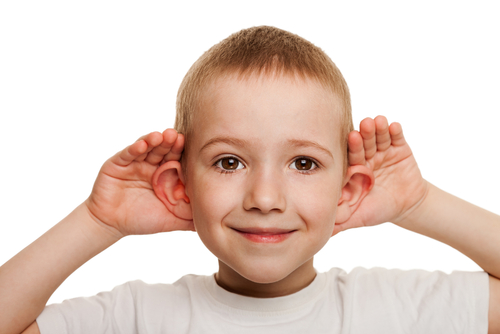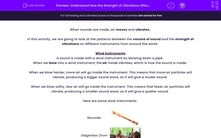When sounds are made, air moves and vibrates.
In this activity, we are going to look at the patterns between the volume of sound and the strength of vibrations on different instruments from around the world.
Wind instruments
A sound is made with a wind instrument by blowing down a pipe.
When we blow into a wind instrument, the air inside vibrates, which is how the sound is made.
When we blow harder, more air will go inside the instrument. This means that more air particles will vibrate, producing a bigger sound wave, so it will give a louder sound.
When we blow softly, less air will go inside the instrument. This means that fewer air particles will vibrate, producing a smaller sound wave, so it will give a quieter sound.
Here are some wind instruments:
| Recorder | 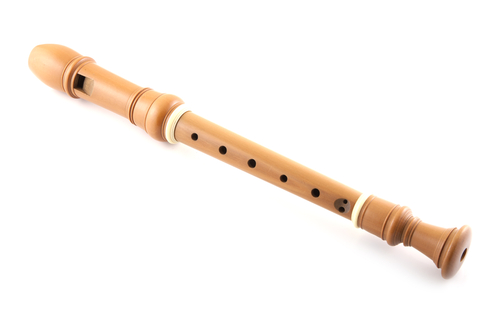 |
| Didgeridoo (from Australia) |  |
| Bagpipes (from Scotland) |  |
Percussion instruments
A sound is made in a percussion instrument by banging it.
When we bang, shake, or scrape a percussion instrument a part of it will vibrate. For example, the skin of a drum or the body of a cymbal will vibrate to make a sound.
To make the volume louder we would bang, shake, or scrape harder. The harder we bang a drum, the more the skin vibrates and the louder sound wave created.
To make the volume quieter we would bang, shake, or scrape gently. If we were scraping a guiro gently then it would create fewer vibrations, so it would create a smaller sound wave, which is a lower volume.
Here are some percussion instruments:
| Drum | 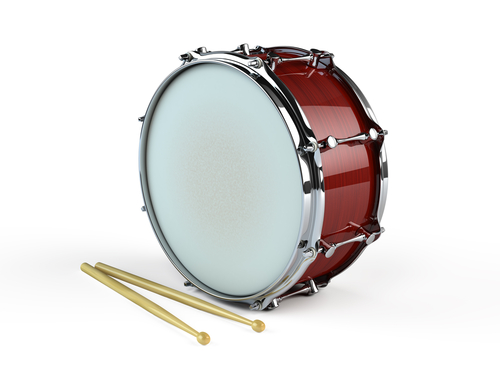 |
| Cymbals | 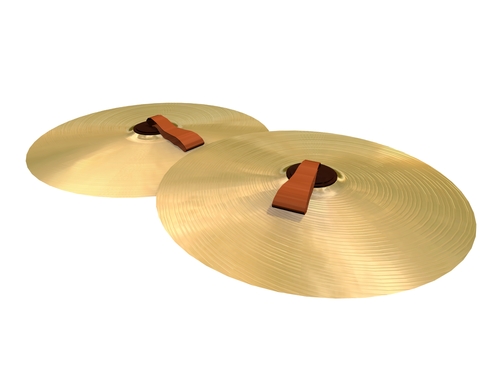 |
| Guiro (from the Caribbean) | 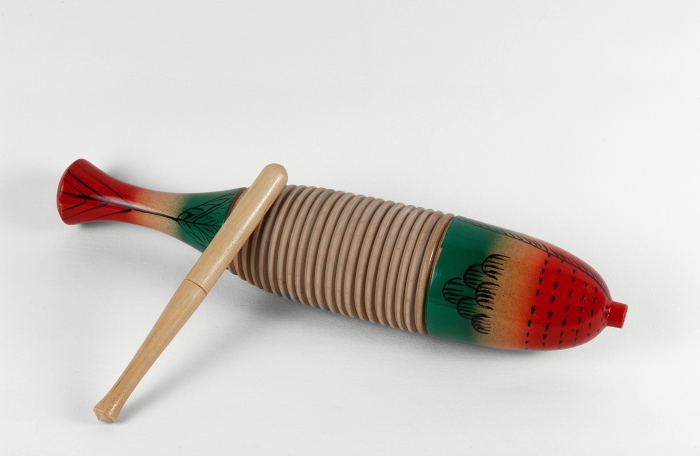 |
| Balafon (from Africa) | 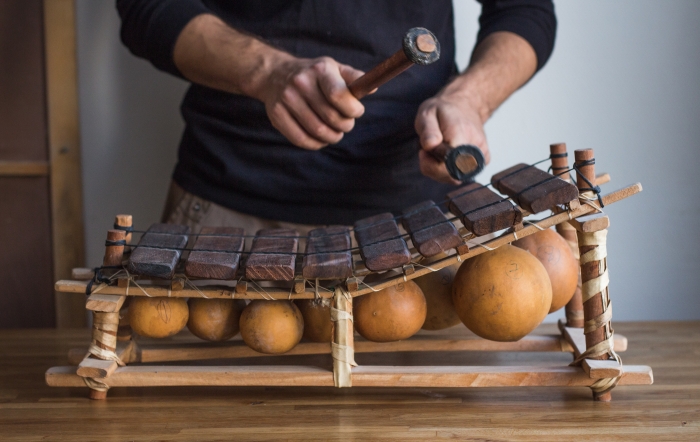 |
String instruments
A sound is made on a string instrument by plucking or twanging a string.
When we pluck the strings of a string instrument the vibration is passed into the air and you hear a sound.
How do you think we change the volume of a string instrument?
To make the guitar volume louder, pluck the string harder. This will cause more vibrations to pass into the air, which creates a bigger sound wave.
To make the volume quieter, pluck the string gently. This will cause fewer vibrations to pass into the air.
Here are some stringed instruments from around the world.
| Guitar | 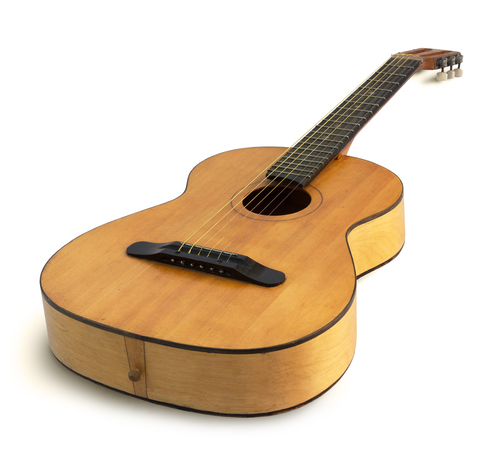 |
| Erhu (from China, a Chinese violin) | 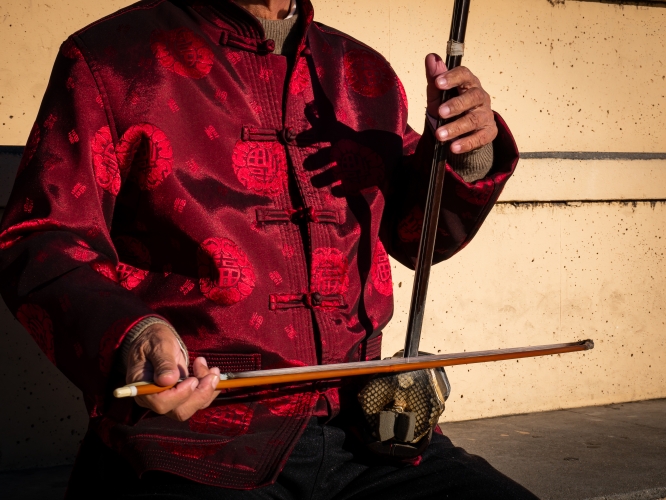 |
| Sitar (from India) |  |
Let's find out more.
